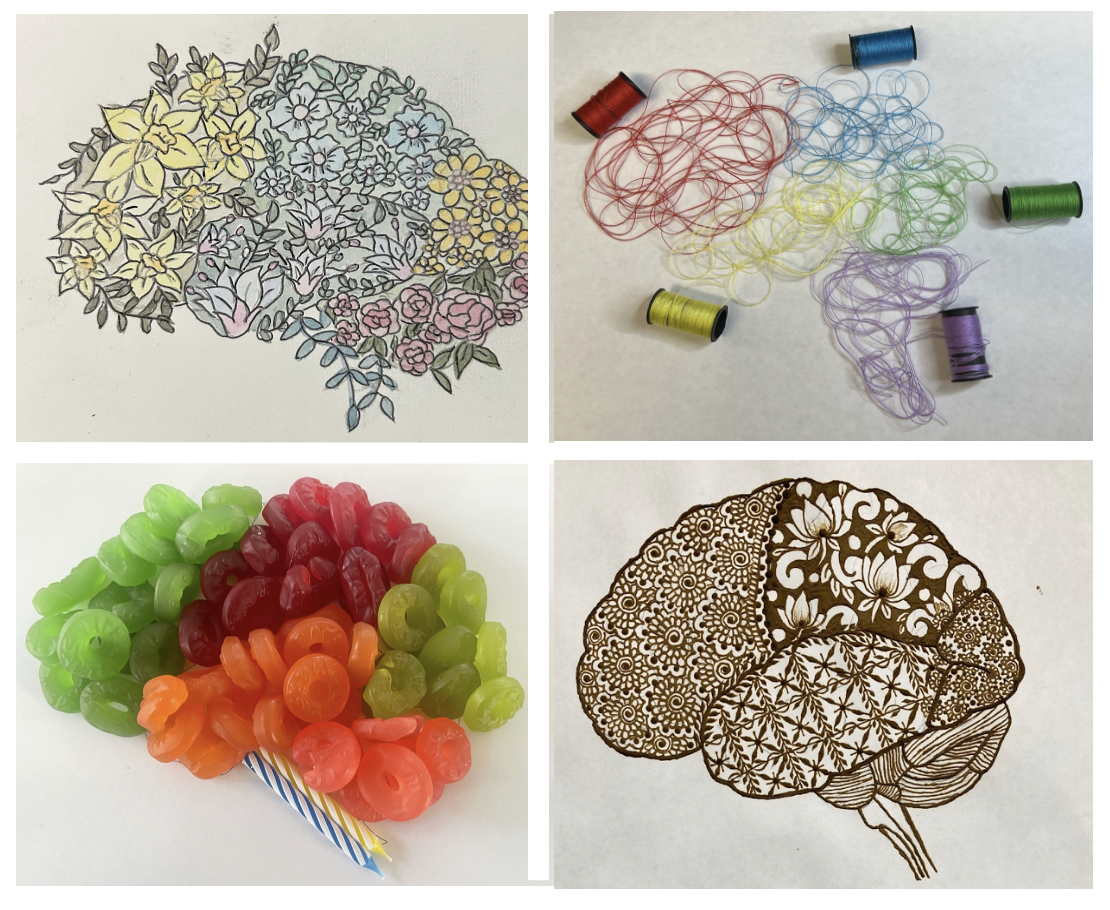News
News
Archived News
Student Awards
Three NSB majors received awards from scientific societies in spring 2022:
• Rochelle Vayntrub, Undergraduate Research Award, Association for Chemioreception Sciences; Rochelle has worked in Prof. Glendinning's lab
• Evardra Bell, Excellence Award, Society for Research on Biological Rhythms; Evardra has worked in Prof. Fernández's lab
• Ausra Pranevicius, Merit Award, Society for Research on Biological Rhythms; Ausra has worked in Prof. Fernández's lab
Professors Casey and Gutierrez Joined the NSB Department
In July 2022, Professors BJ Casey and Gabrielle Gutierrez joined Barnard’s faculty. BJ Casey, Professor of Neuroscience and Behavior and Christina L. Williams Chair. uses human neuroimaging to understand typical and atypical development, with a special interest in the period of adolescence. Her research examines how age and different contexts influence our ability to suppress immediate or inappropriate thoughts, emotions, and actions in favor of goal-oriented ones. Her work links psychology, neuroscience, and the law and has been used to inform juvenile justice policy. Professor Gabrielle Gutierrez is a Barnard alumna (Physics major, Applied Mathematics minor). "My research has centered on understanding how local properties of neurons and circuits influence circuit-wide or network-wide behavior using my expertise in theory, my experience collecting experimental data using electrophysiology techniques, and my creative development of data visualizations."
Grey Matter CU Is Out
Grey Matters CU is the first magazine covering issues related to neuroscience entirely produced by Barnard and Columbia students. Congratulations to the neuroscience majors who contributed to this outstanding editorial initiative!
Between Art & Science
Ausra Pranevicius, a Junior NBC major, won the Genetics Society of America (GSA) drawing contest. Her illustration is the official logo of the GSA 2021 meeting and is printed on t-shirts. It was inspired by Drosophila with which Ausra works in Professor Fernández's lab.
Back to Classrooms!
Students in the Neuroscience Laboratory course were among the first to return to classroom in January 2021. Here, they are dissecting sheep brains, their first encounter with "real" brains. Thanks to Professor Kara Pham, the course instructor, and Barnard staff who created a safe environment.
Neuroscience Careers
A career development workshop the NSB Department organizes with Beyond Barnard:
*Neuroscience Careers: An Overview from Society for Neuroscience (11/12, 6PM EST)
• Careers in Neuroscience: A Barnard Alumnae Panel (11/19, 6PM EST)
• Neuroscience Beyond Barnard: Navigating Resources and Best Practices (12/3, 6PM EST)
Professors Alex White Joined the NSB Department
Professor Alex White joined the NSB Department from Stanford University in spring 2021. "I am interested in visual perception, attention, reading, and cognitive development."
Coming of Age
"Coming of Age," a new book by Professor Russell Romeo co-authored with Cheryl L. Sisk (Oxford University Press). "Contemporary neuroscience has made remarkable strides in our understanding of the developing adolescent brain--an area of study previously reserved for developmental psychologists and pediatric endocrinologists. With an eye toward the history and future of the field, Coming of Age takes a look at the research that brought about this paradigm shift. Current advances in neuroscience have changed the way we think about everything--from how drugs and stress influence adolescent development to how hormones cause differing developmental trajectories among females and males" (from the book cover).
Women in Science
A profile of Professor Rae Silver appeared in the series Women in Neuroscience published in the European Journal of Neuroscience.
Clock Neurons
The structure of the dorsal termini of clock neurons changes every day in the fly brain. A new study from Professor Maria Fernández in Current Biology reveals that these neurons receive external environment cues instead of sending time-keeping cues as previously assumed. Ausra Pranevicius, a NSB major, was a co-author of the paper
Alexa and Syd’s presentations at the Mid-Atlantic American College of Sports Medicine with mentor Dr. Kevin Heffernan (Teachers College) were award finalists. Alexa Rios presented on Autonomic Function Predicts Change in Cerebrovascular Pulsatility During Cognitive Stress in Healthy Young Adults and Sydney Brice presented Arterial Stiffness, Theta Oscillations in Resting State EEG, and Neurovascular Coupling in Young Adults. Congratulations!
Professors Bath and Hill Joined the NSB Department
In July 2025, Professors Kevin Bath and Alexis Hill joined Barnard’s NSB faculty. Professor Kevin Bath completed his doctorate from Cornell University and served on the faculty at Brown University and Columbia University Irving Medical Center before joining Barnard. He examines the impact of the early environment on brain development in animal models. Professor Alexis Hill is an Assistant Professor of Neuroscience. She completed her doctorate at Columbia University and served on the faculty at the College of the Holy Cross before joining Barnard. Her research focuses on uncovering how genes influence neuronal activity and behavior in response to environmental stressors across development, using the fruit fly.
Congratulations to Prof. Casey!
Congratulations to Prof. Balsam!
On Scientific American
In their article entitled "Treating the Anxious Teen," which appeared in the June issue of Scientific American, Professor BJ Casey and her co-author Heidi Meyer discuss how early brain and behavioral development points to new approaches in the treatment of common anxiety disorders in teenagers.
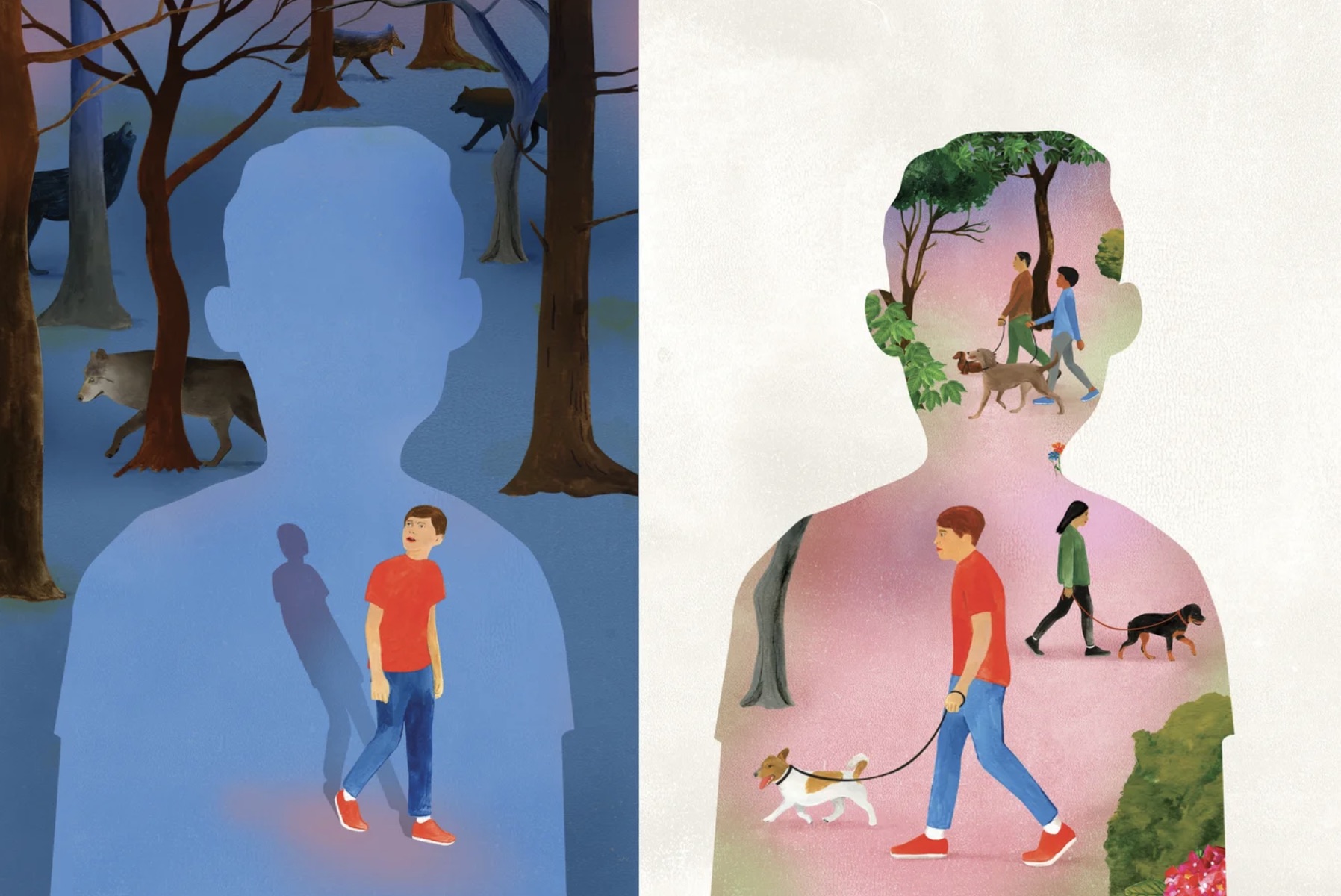
Fulbright Fellowship
Kiara Skalnes, a NSB major working in Prof. Fernandez's lab, received a Fulbright Fellowship to conduct research in Brazil. She will join the Chronobiology and Sleep Lab at the Universidade Federal do Rio Grande do Sul, where she'll investigate the effects of bright light therapy on postpartum depression symptoms. Through exploring the feasibility of bright light therapy as a treatment for postpartum depression, the study aims to help increase the accessibility of mental-health care for new mothers.
Promotion of Women in Neuroscience Awards

Professor BJ Casey was the recipient of the 2023 Society for Neuroscience Promotion of Women in Neuroscience Awards. Professor BJ Casey received the Mika Salpeter Lifetime Achievement Award, which recognizes individuals with outstanding career achievements who have also supported the professional advancement of women in neuroscience.
Geoffrey Harris Memorial Lecture

Professor Rae Silver was invited to deliver the plenary Geoffrey Harris Memorial lecture at the 2023 International Congress of Neuroendocrinology in Glasgow. The invitation was followed up by an article, where Rae Silver and her co-authors reviewed the landmark discoveries of Geoffrey Harris, who is generally considered the founder of the field of neuroendocrinology. Almost 100 years ago, Harris identified a portal pathway linking the hypothalamus and the pituitary gland in the brain. This pathway is necessary for life itself. Portal pathways are important because they enable low concentrations of neurosecretions to reach specialized local targets without dilution in the systemic circulation. For decades, the pituitary portal system that Harris found was the only known portal pathway in the mammalian brain, until Silver and her colleagues made another monumental discovery: the existence of a second portal pathway in the brain, with a venous pathway linking capillary blood vessels of the brain’s suprachiasmatic nucleus (SCN) to those of the organum vasculosum of the lamina terminalis (OVLT), a circumventricular organ. The optical slice and the schematic shown in the picture above highlight the entry points of portal vessels into the ventral superficial plexus of the OVLT. Rae Silver and her colleagues provide a comprehensive overview of the parallels between Harris’ and their own paths to discovery and highlight the steps that will be needed going forward to understand the functions of this second portal pathway. The results also raise the dynamite question of whether there are many more such neurovascular communication pathways in the vertebrate brain.
On the Cover
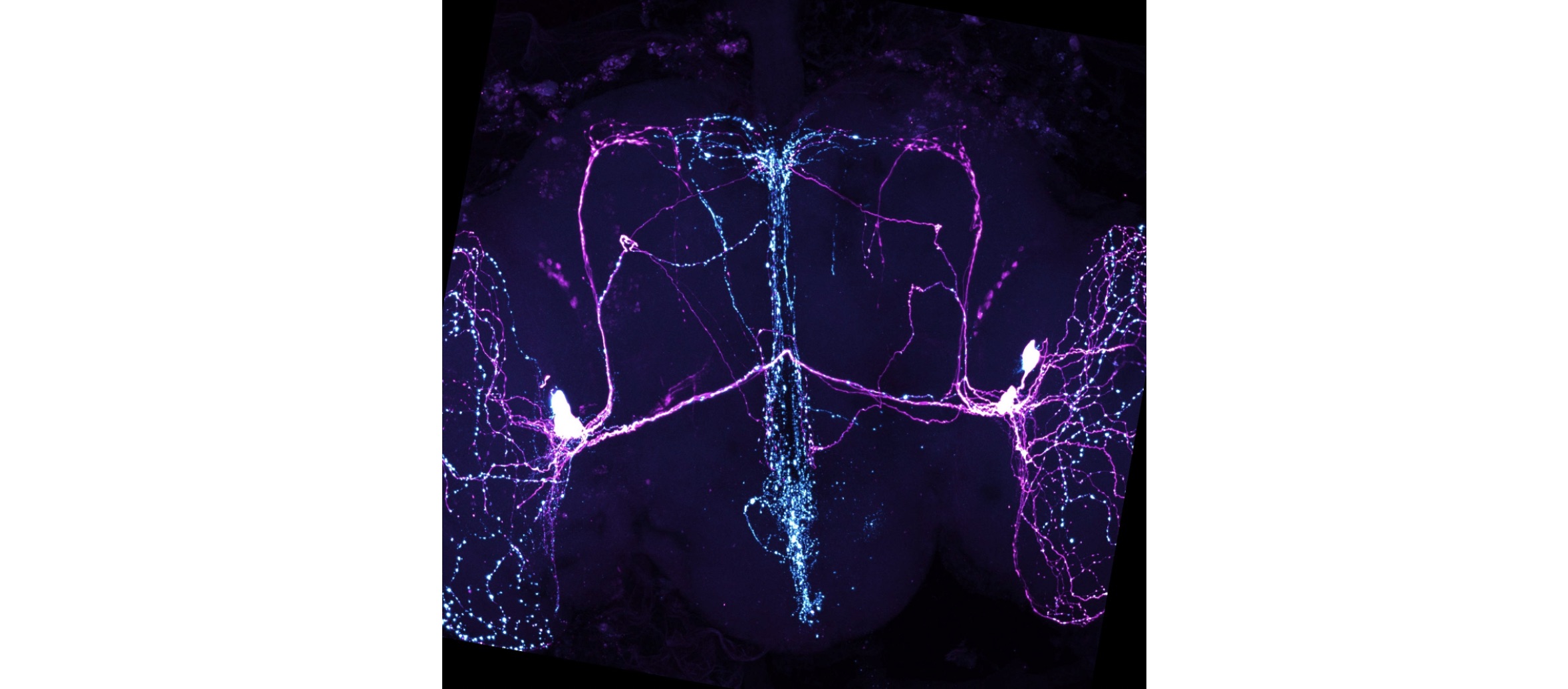
This picture of an adult Drosophila brain, taken by Eva Scholz-Carlson, has been chosen as one of the two featured cover images for the abstract book for the upcoming Neurobiology of Drosophila meeting at Cold Spring Harbor Laboratory, set to take place from October 3 to 7 in Cold Spring Harbor, New York. Eva is a senior majoring in Biochemistry, and her project focuses on studying the role of the neuropeptide Pigment Dispersing Factor (PDF) in neuronal development and the control of sleep/wake cycles. The image, rendered using confocal microscopy, shows a double staining technique employing an anti-PDF antibody (cyan) in conjunction with an antibody targeting Red Fluorescent Protein (RFP), serving as a cytosolic marker.
NSB SRI
94(!) NSB students (either declared or intended majors) completed the Summer Research Institute this summer. They had a few weeks of intense research that ended with the poster presentation of their findings. The picture shows a few NSB students (and their posters). We want to acknowledge the financial support of Lida Orzeck, and thank the SRI committee, particularly Koleen McCrink, Marissa Buzzeo and A-J Aronstein who worked tirelessly to make the poster session flow so seamlessly.

Mind the Gap
In an article that appeared in Current Biology, Gabrielle Gutierrez and Siwei Wang reported on a new study by Hürkey et al. that sheds light on gap junctions. Gap junctions connect two neurons to form an electrical synapse. They are responsible for desynchronizing electrically coupled motor neurons that control flying in Drosophila. (Image taken from a video of a fly's escape maneuver.)

Neuroscience Goes to the Museum
Prof. Rae Silver advises on an exhibit on sleep and circadian rhythms to launch in December 2023 at the Museo Universitario de Ciencias y Arte, located on the campus of National Autonomous University of Mexico in Mexico City. The picture shows Prof. Silver being interviewed. The major points discussed in the interview will be part of several different displays.

Eyeing the Future of Neuroscience
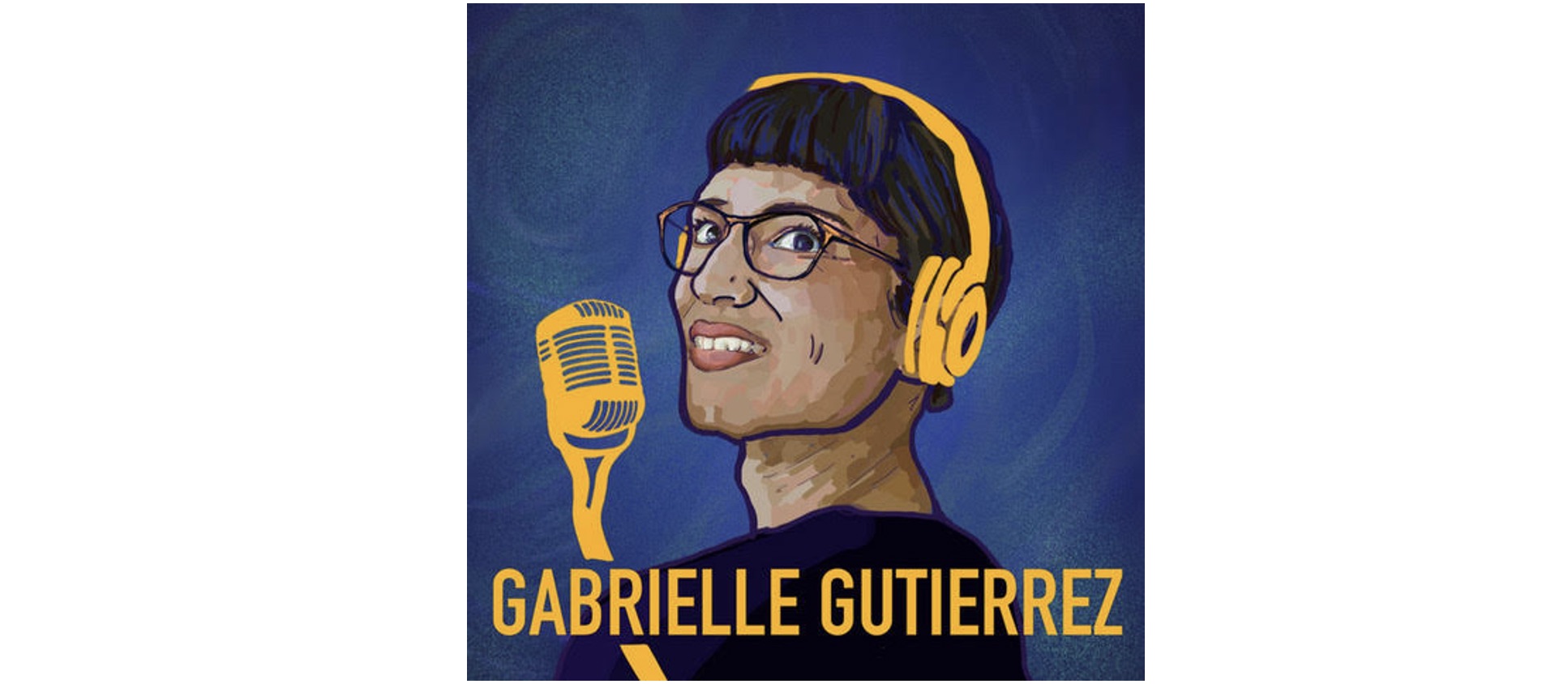
Professor Gabrielle Gutierrez was interviewed for the Brain Banter podcast. "Imagine streaming a movie at half a million times the resolution of HD through a 90s ethernet cable. Pff, Netflix could never. Yet with no buffer time, our eyes and brain are constantly doing this! Come listen to Barnard Professor Gabrielle Gutierrez break down the fascinating computational neuroscience behind visual pathways" (from Episode description).
.
NSF CAREER Award
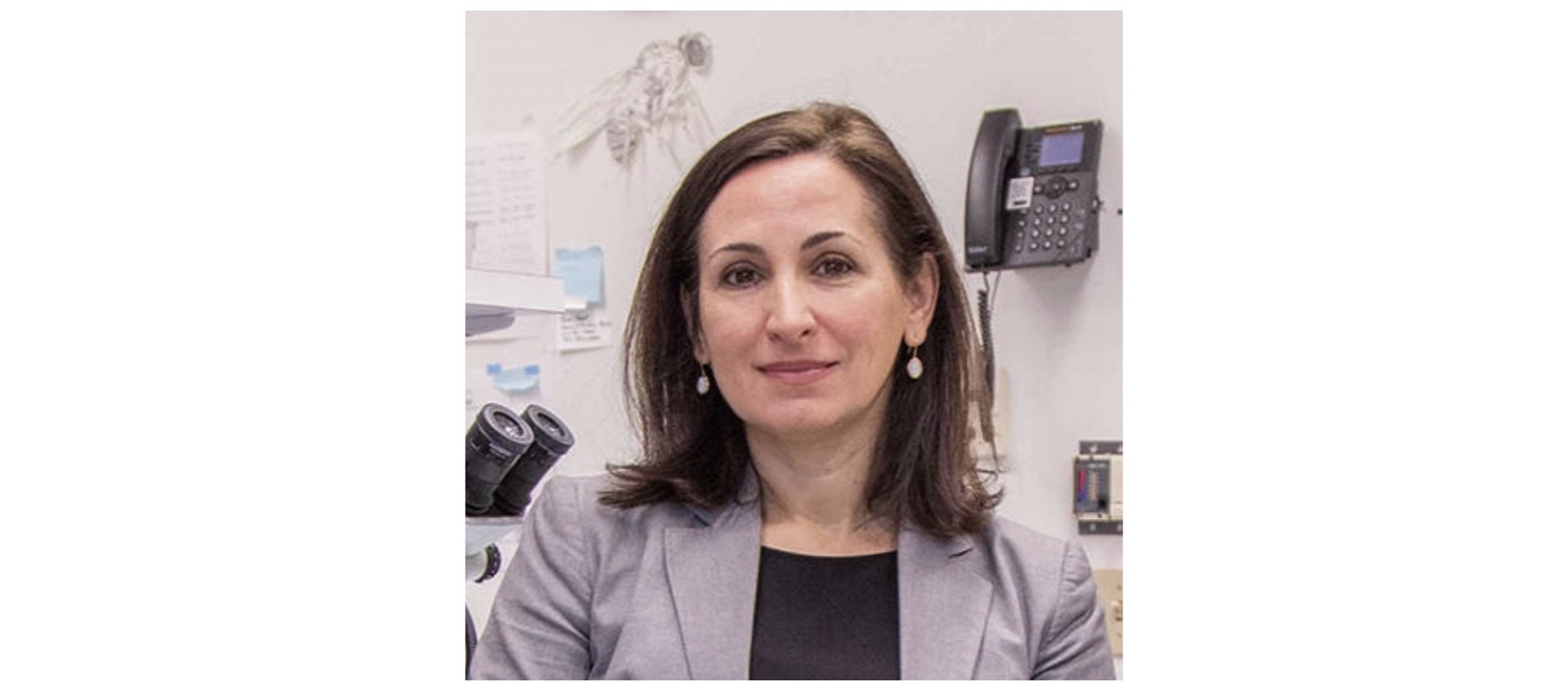
Professor Maria Fernández won the National Science Foundation’s Faculty Early Career Development (CAREER) award. She will receive $1 million to support her in producing innovative research. The NSF called the honor its “most prestigious award in support of early-career faculty who have the potential to serve as academic role models in research and education and to lead advances in the mission of their department or organization." “Winning the most prestigious award that NSF has for early career faculty is a huge achievement for María, and it speaks to her cutting-edge research and scholarship,” said Reshmi Mukherjee, Helen Goodhart Altschul Professor of Physics and Astronomy and Vice Provost of Research. “In addition to advancing her research this award will create a truly unique educational experience for her students.” To learn more about this award, read this article on the college website.
.
NSB Students at EveFest2023
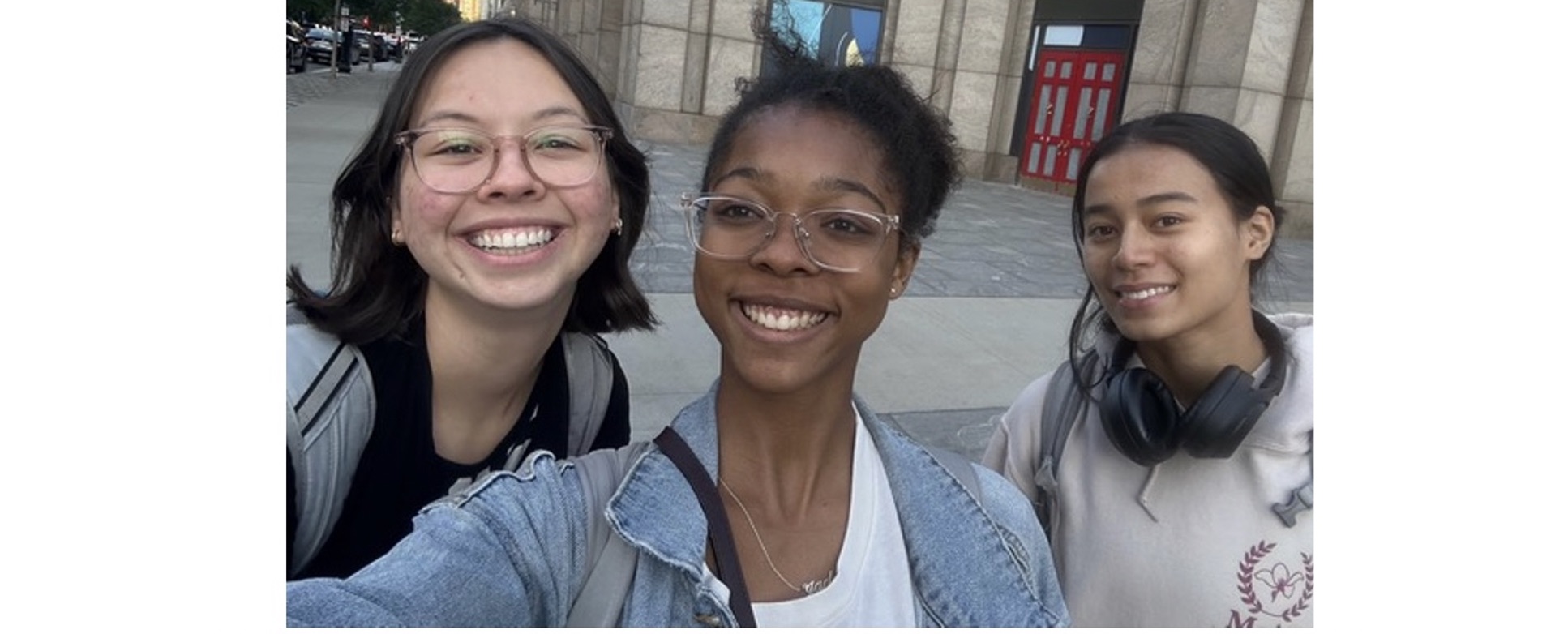
Three students from Prof. Gutierrez's lab attended the EveFest 2023 held on May 30, 2023. It was an exciting day of science and celebration in recognition of all Eve Marder has done for Brandeis University, the field of Neuroscience, and the legacy she has built through students and post-doctoral researchers. Dr. Eve Marder is best known for contributing an understanding of how neuromodulators 'reconfigure' neural circuits, allowing them to have different functions in different contexts. There is more info about Dr. Eve Marder here and here.
.
Beckman Scholars
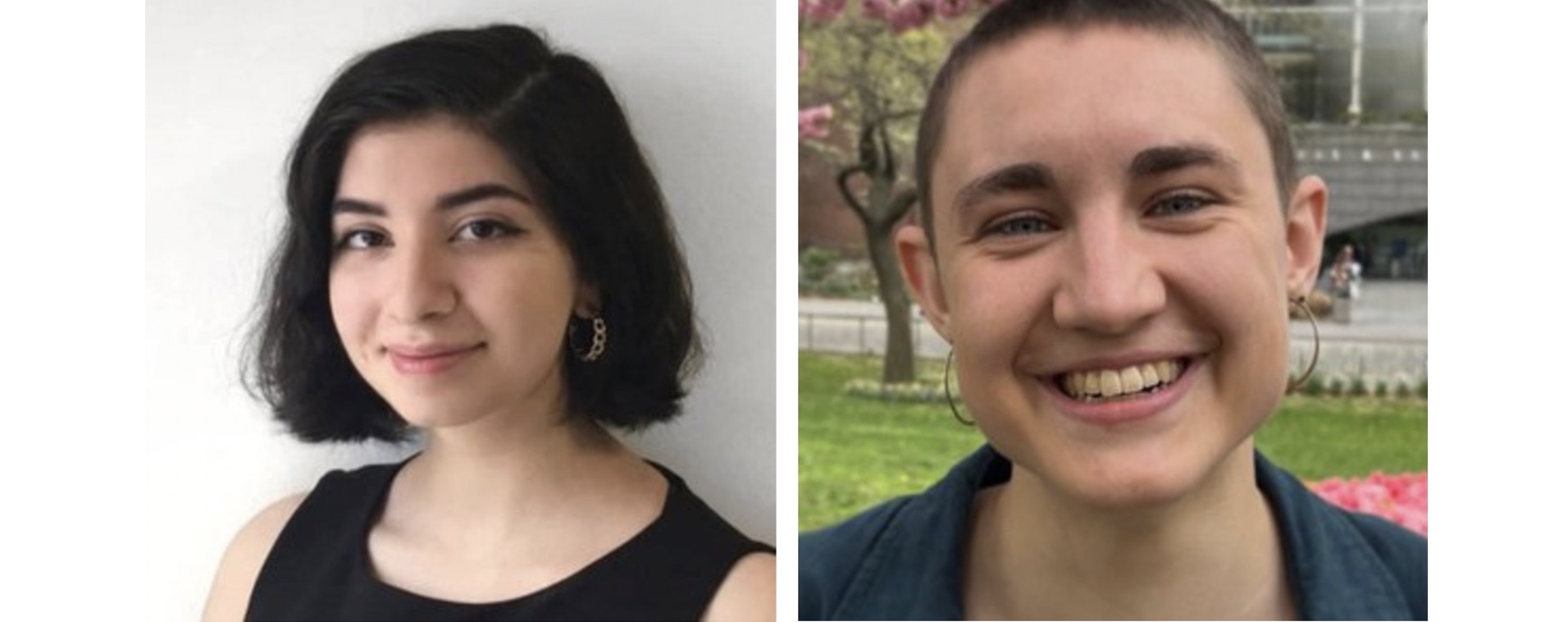
Kimya Firoozan (left) and Eva Scholz-Carlson (right) were nominated Beckman scholars 2023. The Beckman Scholars Program is a 15-month mentored research experience for exceptional undergraduate students in chemistry, biological sciences, or interdisciplinary combinations thereof. Kimya works on the research project Parallel vs. Serial Processing in the Brain’s Word Recognition System under the supervision of Professor White. Eva's research project (Drosophila circadian pacemaker cells’ communication with clock and non-clock networks) is supervised by Professor Fernández.
.
The Reading Brain

Prof. Alex White co-authored the article entitled “Engaging in word recognition elicits highly specific modulations in visual cortex” that appeared in Current Biology. The authors presented participants with strings of letters and visually similar shapes while their brain activity was being recorded with an MRI scanner. The stimuli were either relevant for a specific task or ignored by the participant. The authors were especially interested in the visual word form area (VWFA), a small region on the bottom left surface of the brain that is primarily responsible for recognizing written words. The study revealed that the VWFA’s responses to stimuli are strongly dependent on the task being performed.
.
Race & Brain
Professor BJ Casey publishes new research that explores how information about race is represented in the brain. The research appeared in the article entitled "Uncertain threat is associated with greater impulsive actions and neural dissimilarity to Black versus White faces" published in Cognitive, Affective, & Behavioral Neuroscience. Casey and her collaborators in this study used "representational similarity analysis to examine the neural representations of race information across functional brain networks between conditions of uncertainty. Participants — regardless of their race — showed greater impulsivity and neural dissimilarity in response to Black versus white faces across all functional brain networks in conditions of uncertain threat relative to other conditions. This pattern of greater neural dissimilarity under threat was enhanced in individuals with high implicit racial bias. These results illustrate the distinct and important influence of uncertain threats on global differentiation in how race information is represented in the brain, which may contribute to racially biased behavior" [from the article abstract].

Neuroscience Careers
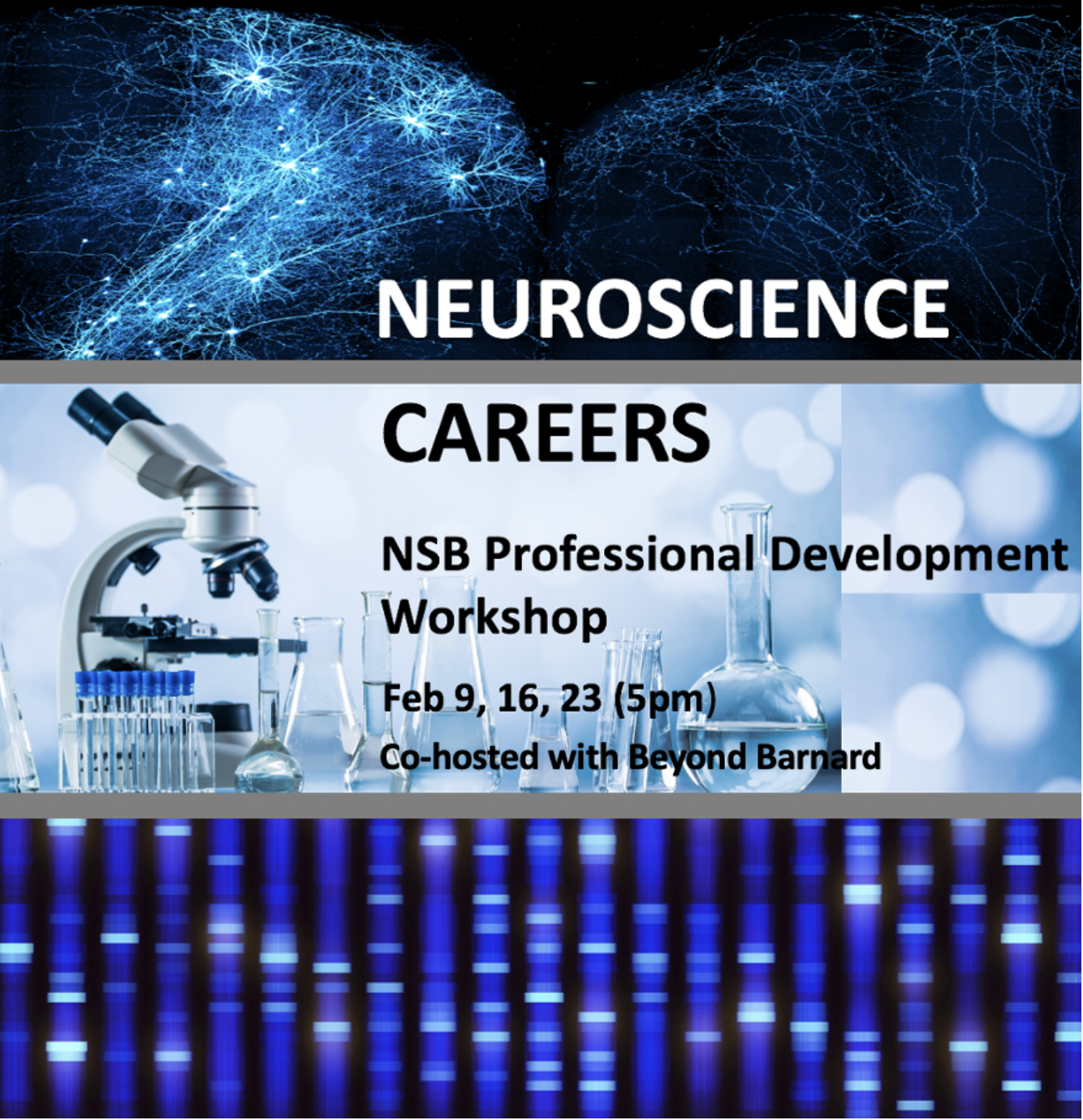
Clock Neuron Connectomics

Professors Fernández and Gutierrez, along with Kimberly Li ’22, Amber Mildenhall ’23, and Daphna Spira ’24, were among the authors of an article published in eLife entitled Connectomic analysis of the Drosophila lateral neuron clock cells reveals the synaptic basis of functional pacemaker classes. The study reveals high heterogeneity of the dorsal lateral neurons and the potential involvement of non-clock neurons that might act as inter-clock neurons. Excerpt from the Editor's comment on the study: "The manuscript will be of interest to chronobiologists and neuroscientists working on neuronal networks and it provides new insights into circadian clock network organization that may be of general value. The data analysis is rigorous, and the conclusions are justified by the data."
.
Neighborhood Threats & Young People’s Behavior
Professor BJ Casey collaborates with Yale colleagues on new research that examines how neighborhood threats influence young people’s behavior. The research appeared in an article published in Research on Child and Adolescent Psychopathology entitled Executive Network Activation Moderates the Association between Neighborhood Threats and Externalizing Behavior in Youth. The researchers "identified four profiles of youth based on perceived threats in their neighborhoods, families, and schools: the low threat in all contexts, elevated family threat, elevated neighborhood threat, and elevated threat in all contexts. These findings reveal that interactions between threats are concentrated in youth's neighborhoods and attenuated executive network function may contribute to risk for externalizing problems" [from the article abstract].
.
Computing in Neuroscience
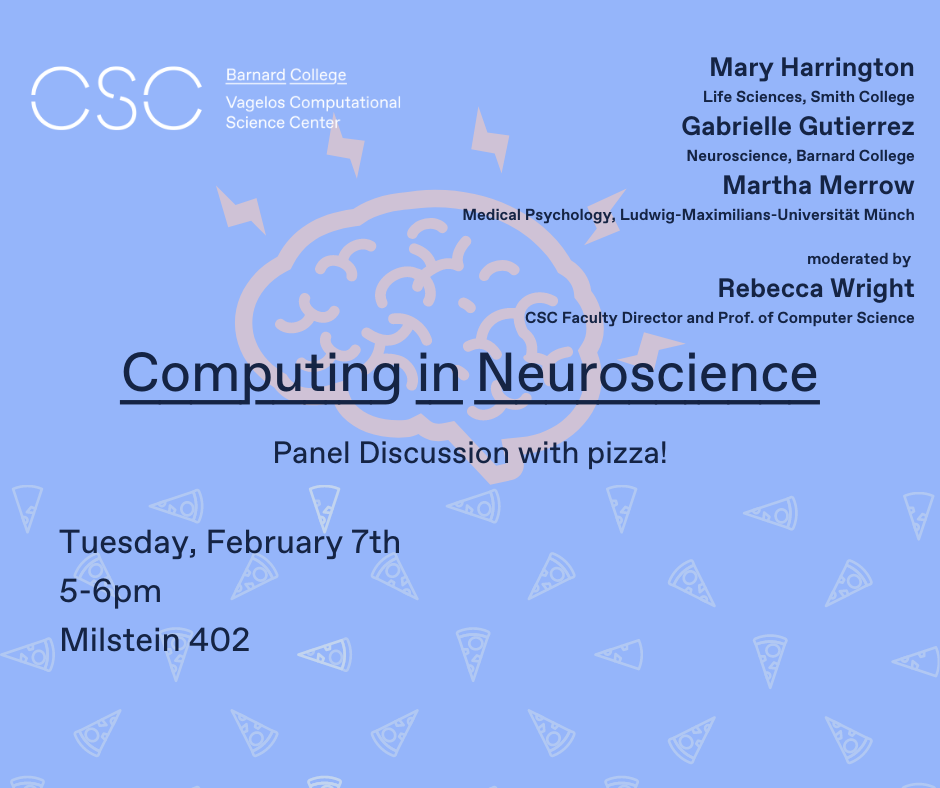
Dopamine and Motivation
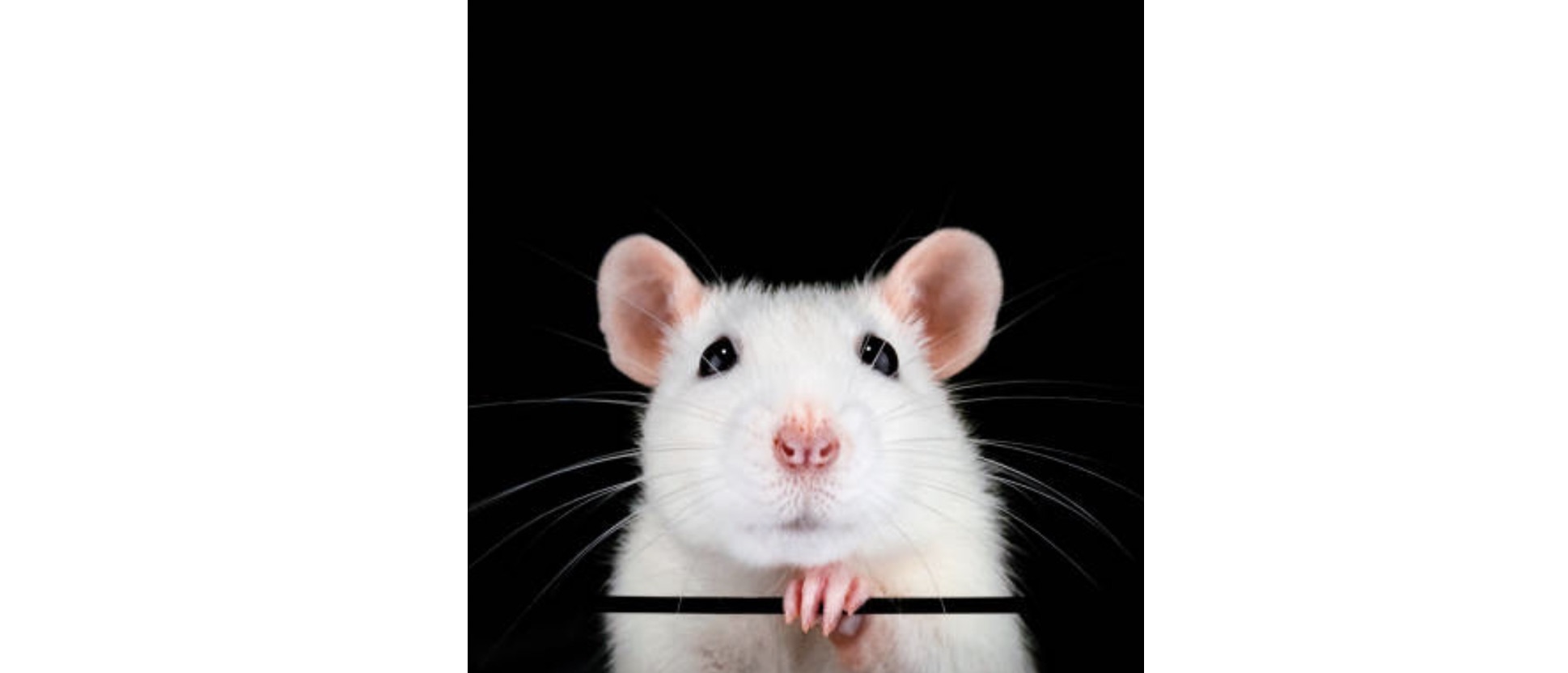
Professor Peter Balsam co-authored an article published Nature Communications and entitled Dopamine encodes real-time reward availability and transitions between reward availability states on different timescales. Their research clarifies how dopamine affects motivation. "Using new methods to measure the release of the neurotransmitter dopamine in real-time, they found that dopamine release in a part of the reward circuity called the Nucleus Accumbens, also tracks the availability of reward in two ways. Mice learned to make a response that sometimes earn rewards and different cues signaled when reward could and could not be earned. At the onset of cues that signaled rewards, there was a transient (1-2 sec) burst of dopamine activity while the cue that signaled no-reward produced a transient suppression of the activity. Steady dopamine levels also reflected whether or not rewards could be earned during the whole time the cues were on. Thus both transient and steady dopamine responses reflect whether a particular response could earn a reward. Interestingly, they found that the dopamine systems often adjusts to changes in reward more rapidly than overt behavior which can persist even when the reward is not available" [from Barnard website].
.
Hormonal Stress Responses

Professor Russell Romeo co-authored an article entitled Pubertal changes in the pituitary and adrenal glands of male and female rats: Relevance to stress reactivity, published in Neurobiology of Stress. The study examines the mechanisms that mediate age-related differences in hormonal stress responses. "Although the research shows similar circulating plasma adrenocorticotropic hormone (ACTH) and corticosterone levels, Professor Romeo and his co-authors found that prepubertal male and female rats have greater ACTH levels in the pituitary glands and greater corticosterone concentrations in the adrenal glands compared to adults. Additionally, the proopiomelanocortin (POMC) protein levels are significantly greater in the pituitary gland of prepubertal rats, confirming the researchers' hypothesis. Given the greater stress-induced hypothalamic-pituitary-adrenal (HPA) response in younger animals, the data suggests that greater hormonal concentrations in the pituitary and adrenal glands contribute to developmental changes in hormonal stress reactivity [from Barnard website].
Science-art Intersections
Students in Professor Casey’s Introduction to Neuroscience class were asked to create a brain, circuit, or cell out of any medium. Below are just a few of these creations that reflect the wonderful intersection of art and science.
